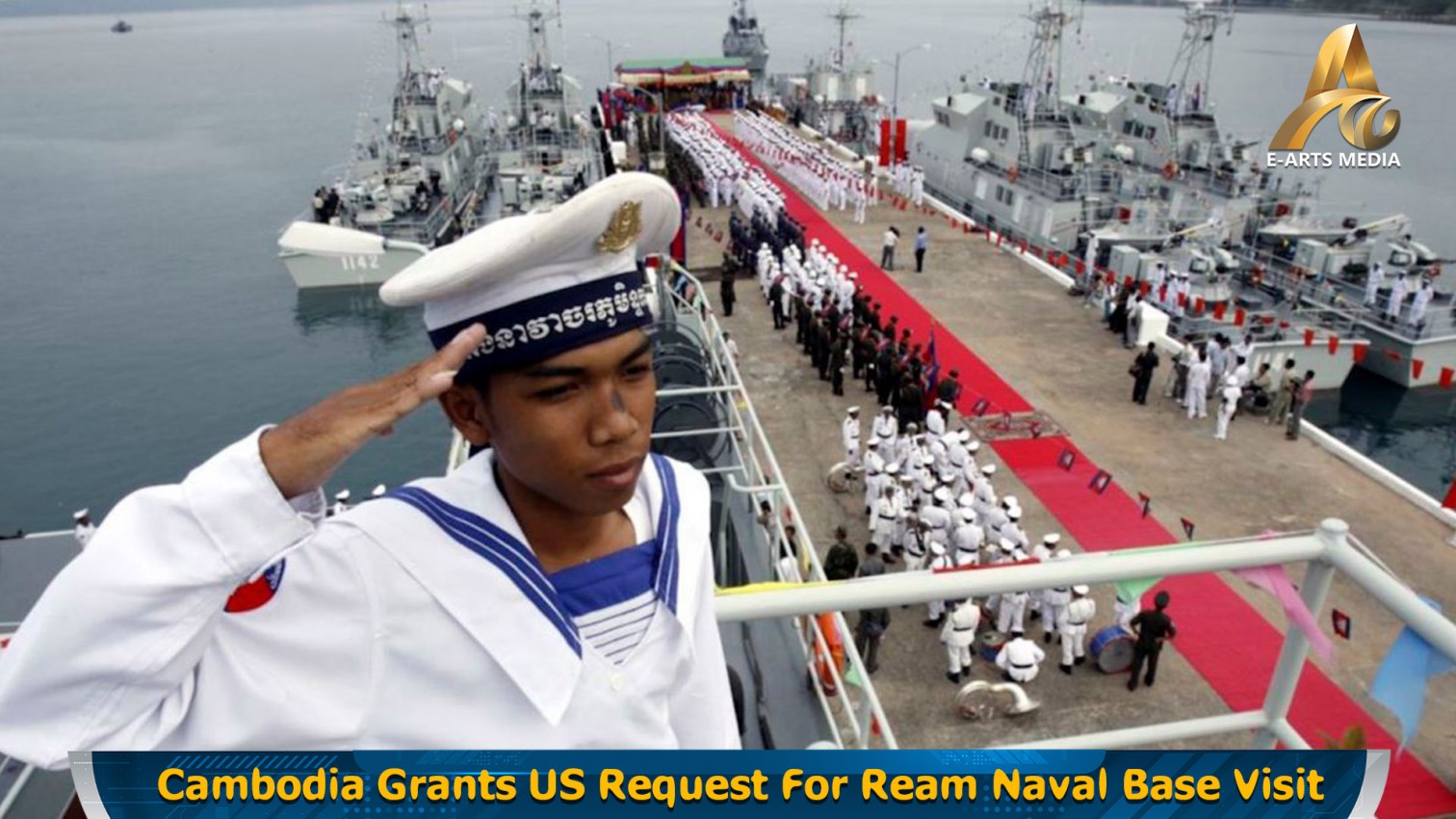Phnom Penh, March 14, 2024: The traditional Khmer New Year is set to be marked by the captivating performance of the Trud dance, a cherished cultural spectacle that promises to bring blessings and good fortune to the Cambodian people. This ancient dance, performed during the New Year celebrations, embodies the spirit of renewal and communal harmony, making it a pivotal event in the national festive calendar.
Originating from an age-old tradition, the Trud dance dance is a vibrant expression of Cambodian folklore, designed to usher out the old year's misfortunes and welcome the New Year’s blessings. It is particularly noted for its role in summoning prosperity and happiness for all citizens, regardless of age or social standing. The dance is a symbol of the collective desire to purge negativity and invite positive energy into people's lives.
The name "Trot," derived from the ancient Sanskrit term for "to cut off" or "to end," signifies the dance's role in the transition from the old to the New Year. This ritual, deeply rooted in the country's royal traditions, continues to be a significant part of Cambodia's cultural heritage, celebrated with much fervor across the nation.
Traditionally associated with the end-of-year celebrations, the Trud dance is also performed during ceremonies praying for rain, especially after long periods of drought. Its significance extends beyond mere entertainment, serving as a ritual plea for natural bounty and balance. The dance's presence is most pronounced in Siem Reap Province and occasionally in parts of Battambang Province, highlighting its enduring appeal and cultural importance.
Historical accounts suggest that the Trud dance has been preserved among the indigenous "Sormel" community, who have inhabited the ancient lands of Suvannaphum long before the arrival of Indian cultural influences. This indigenous group, residing mainly in the northern regions of the Tonle Sap Lake, has historically performed the dance as an offering of good fortune and prosperity at the royal court during the New Year celebrations.
The dance is characterized by its distinctive ensemble of traditional instruments, including drums, gongs, and flutes, which accompany the dancers' elaborate movements and costumes. The performers, adorned with traditional masks or headdresses, engage in a series of choreographed steps, symbolizing the expulsion of misfortune and the welcoming of good luck.
The Trud dance stands as a testament to Cambodia's rich cultural tapestry, embodying the nation's collective hopes and aspirations for the New Year. As Cambodians prepare to celebrate this age-old tradition, the dance remains a powerful symbol of resilience, unity, and the perpetual cycle of life and renewal.






















